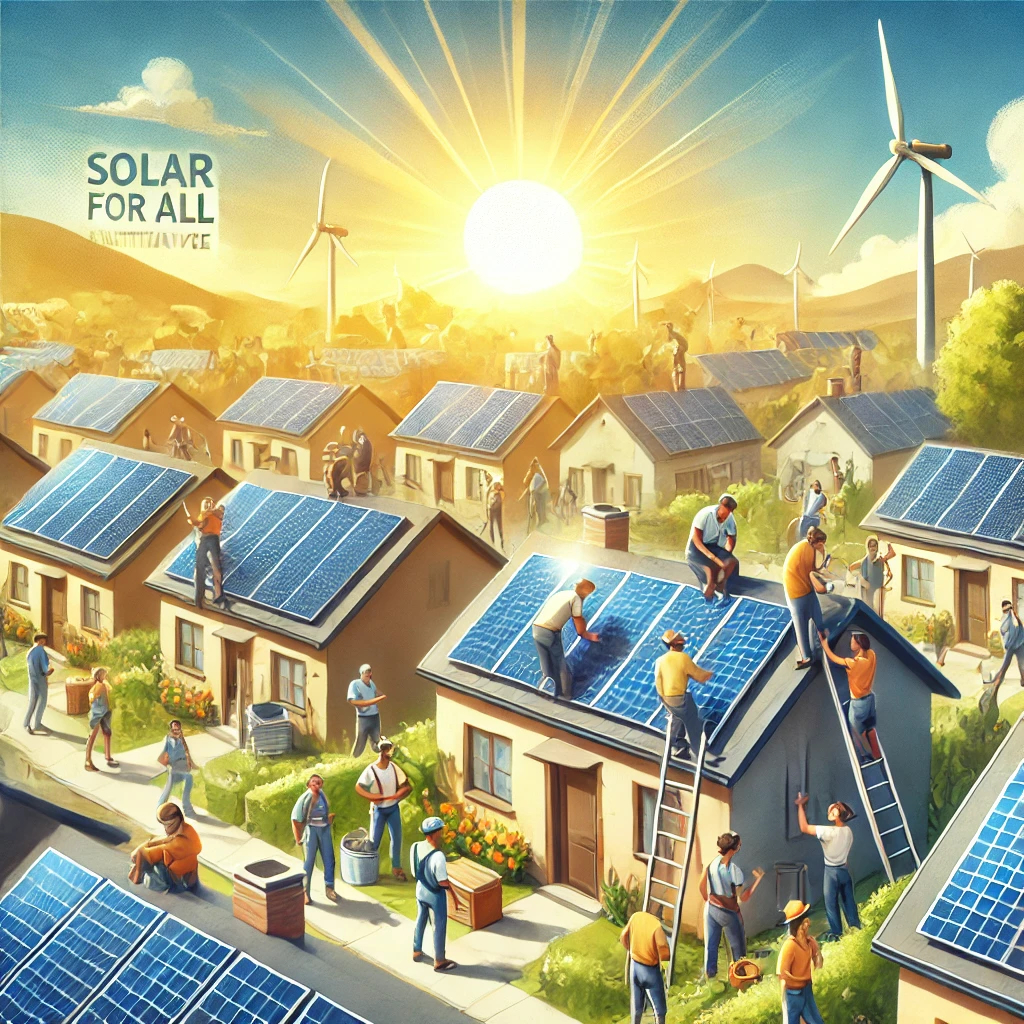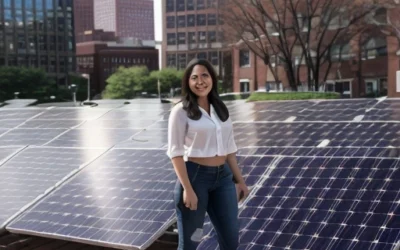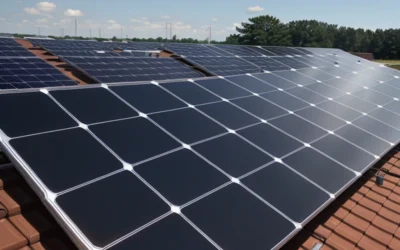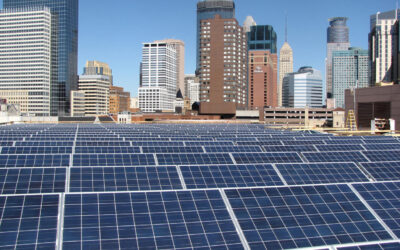$7 Billion Grant to Expand Residential Solar Power Across America
The Biden administration has taken a significant step towards making solar energy more accessible and affordable for low-income and disadvantaged households. Announced on Earth Day, this initiative will see $7 billion in grants awarded to support the installation of residential solar projects. This funding comes from the Inflation Reduction Act and aims to benefit over 900,000 households by reducing their electric bills and promoting the widespread adoption of solar technology.
While solar panels have been a part of the energy conversation for decades, their adoption in residential settings has been slow. According to John Perlin, author of “Let It Shine: The 6,000 Year Story of Solar Energy,” solar cells found their first practical use during the space race in the 1950s, primarily powering satellites. Despite their early potential, solar technology was overshadowed by the government’s promotion of nuclear power as the future of energy, leaving solar energy in the shadows for many years.
As of 2020, only 4% of single-family homes in the U.S. had solar panels installed. One of the main barriers to wider adoption has been the high cost of installation, which can range from $5,000 to $25,000. Donnel Baird, CEO of BlocPower, a clean energy company, highlights that these costs can also include necessary upgrades to the home, such as roof replacements, to ensure the solar panels are installed on a stable and long-lasting surface.
Solar panels have traditionally been adopted by early enthusiasts, but the industry now faces what Baird describes as a “valley of death” before reaching the mass market. Overcoming this phase is critical, but it requires addressing several challenges, including technical expertise and building trust in low-income communities.
A significant obstacle in the push for residential solar is the shortage of skilled construction workers. Baird notes that both America and Europe are experiencing a gap in skilled labor, which hampers the rapid deployment of solar technologies. This technical know-how is essential not just for the installation of solar panels but also for the maintenance and optimization of solar energy systems.
In addition to technical barriers, there is a significant trust deficit in many low-income neighborhoods. Anya Schoolman, who leads the nonprofit Solar United Neighbors, has been advising some of the Biden administration’s solar grantees. She explains that many communities have been historically exploited, leading to a general distrust of new initiatives, especially those that seem too good to be true, such as free solar systems that promise long-term savings.
Building trust in these communities requires time and a personal touch. People are more likely to embrace solar technology if they know someone who has already benefited from it. Schoolman emphasizes that creating a network of satisfied solar panel users can help foster confidence and encourage wider adoption.
The federal Solar for All effort is designed to bridge these gaps and bring solar energy into the mainstream. By targeting low-income households, the initiative aims to ensure that the benefits of solar energy are distributed more equitably. This approach not only helps reduce energy costs for those who need it most but also contributes to broader environmental goals by decreasing reliance on fossil fuels.
For further information on the Biden administration’s solar energy initiatives and the broader context of solar energy adoption, you can explore the following resources:
These resources provide deeper insights into the legislative framework supporting solar energy, the community efforts to increase solar adoption, and the companies driving innovation in clean energy solutions. By understanding the multifaceted efforts to promote solar energy, we can appreciate the complexities and the potential of this transformative technology.
The Biden administration’s $7 billion investment is a bold move that could accelerate the transition to a more sustainable energy future. However, its success will depend on overcoming the financial, technical, and social barriers that have historically hindered the adoption of residential solar energy. With continued support and strategic efforts to build trust and skills, solar energy can become a viable option for all Americans, contributing to a cleaner and more equitable energy landscape.






